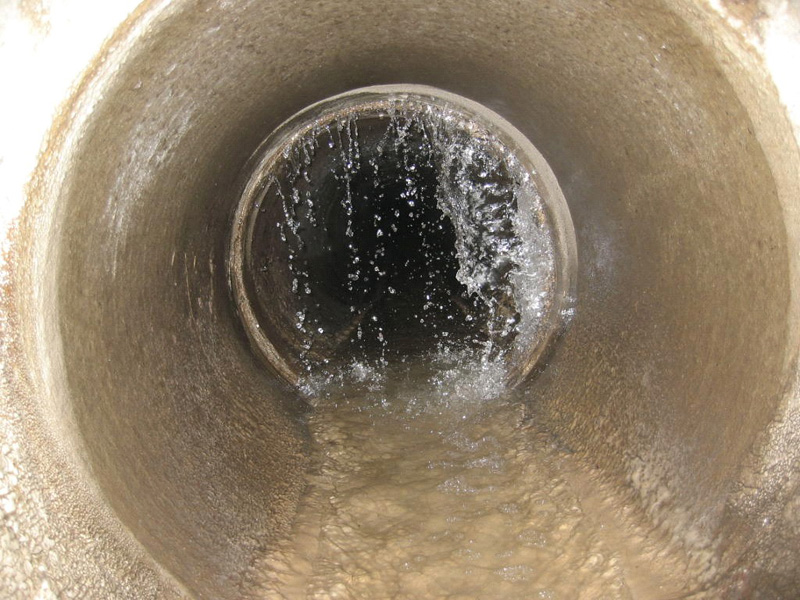Extraneous water
Extraneous water is water that has entered the sewer system but should not be there - such as ground water infiltrating through leakages, illegally discharged drainage water, or rainwater flowing into a sewage canal through manhole covers. Since all this extraneous water has not been polluted by domestic, commercial, or industrial use it is usually fairly clean, imposing an unnecessary burden on sewer systems and sewage treatment plants and causing additional costs.
The Ruhr catchment area, located as it is in an upland region with heavy precipitation, is particularly prone to extraneous water. That is why in 2005, the Ruhrverband - with support from the state of North Rhine-Westphalia and in close coordination with the supervisory authorities and the municipalities concerned - launched a seven-year survey to analyse 50 catchment areas of sewage treatment plants facing particularly large amounts of extraneous water.
A six-month measuring programme monitoring flows at various locations in the sewer system is followed by an evaluation of all the measuring results and an identification of the major sources of extraneous water. Precise rehabilitation measures for these sources will be identified jointly with the municipalities concerned and will then be subject to a cost-benefit analysis. The result will be a list of recommendations helping the municipalities to decide on the schedule of rehabilitation projects regarding extraneous water. Finally, the data from the sewer system measuring programme will also be used for calibrating the detailed rainwater run-off model.









